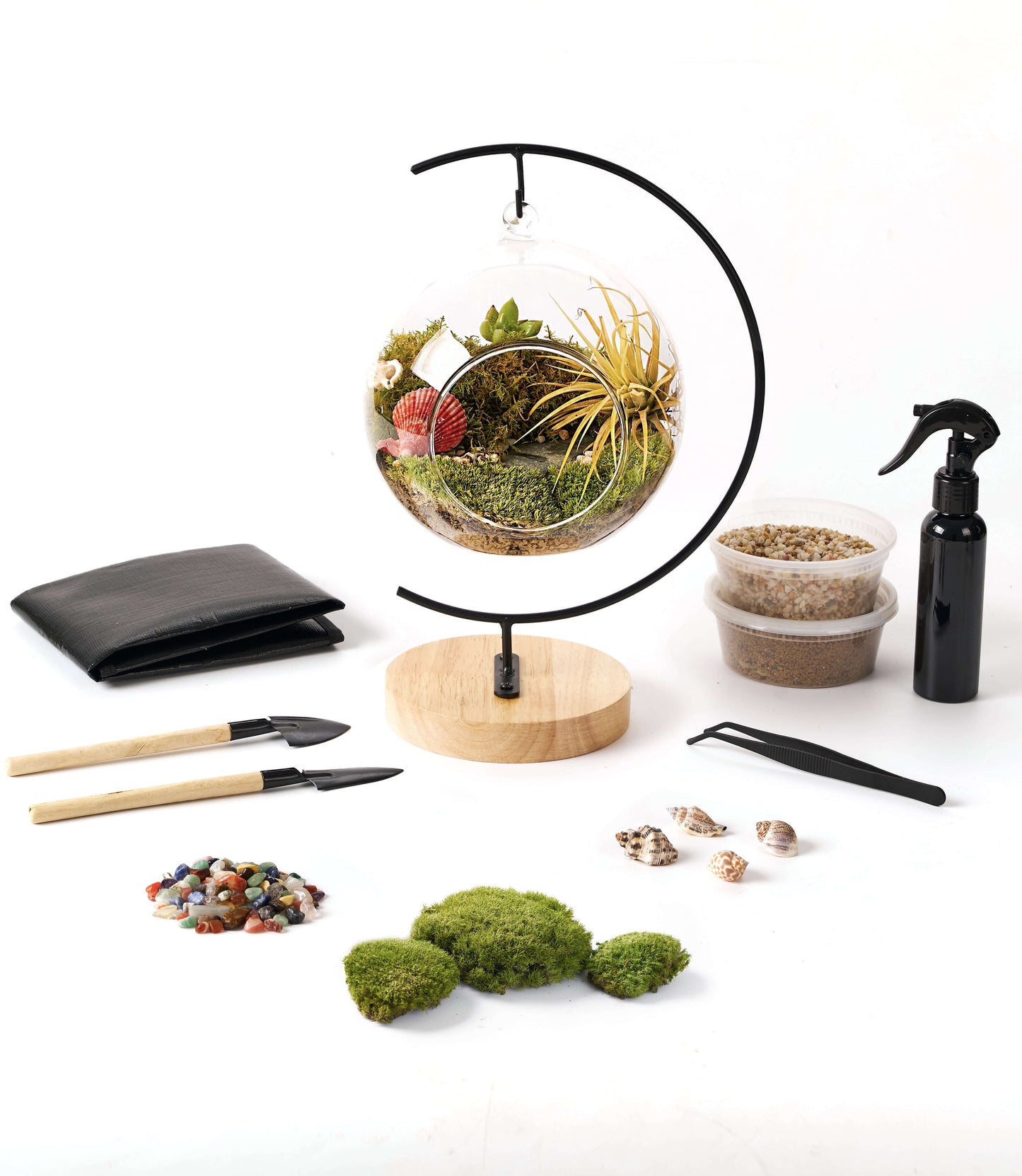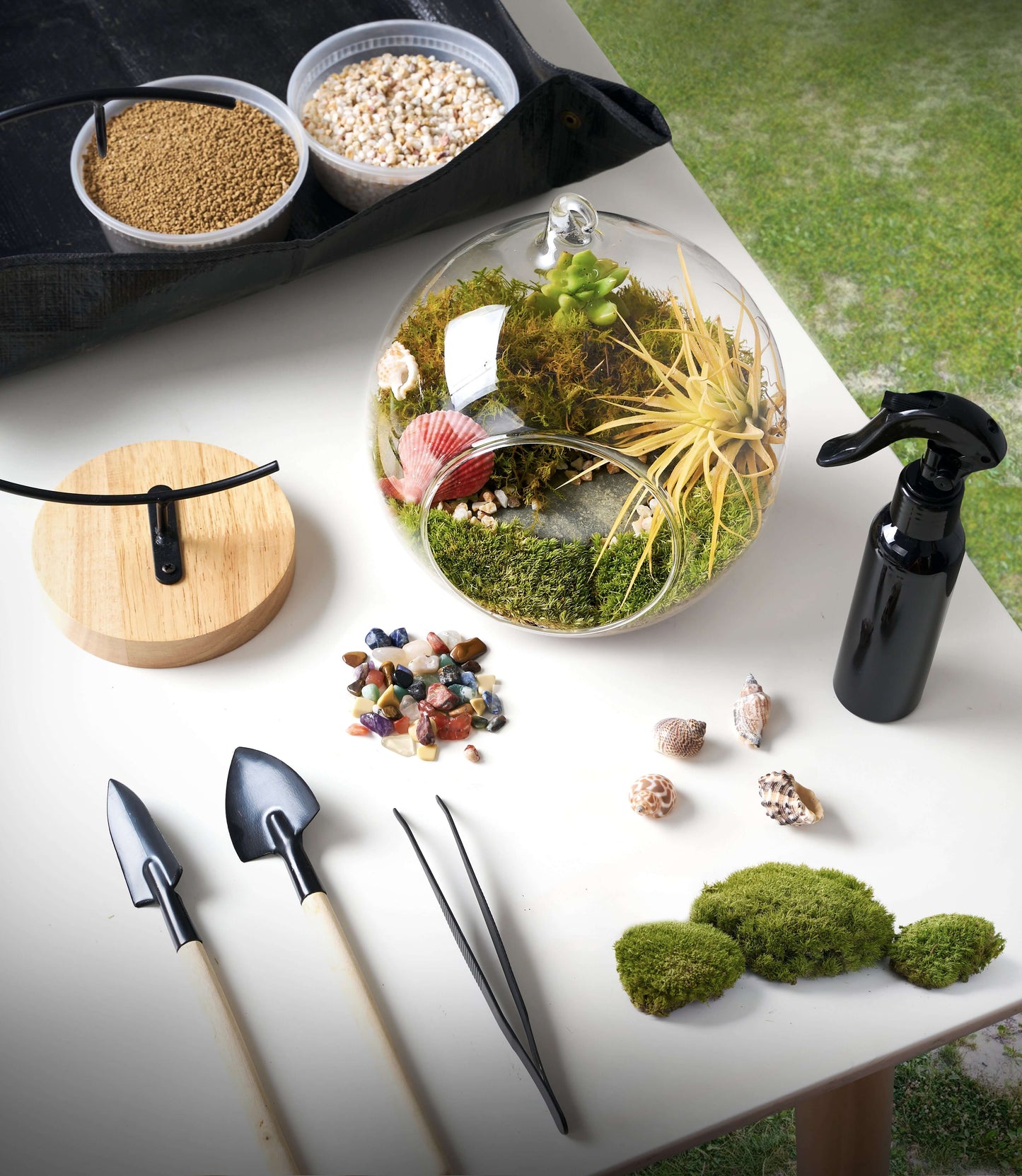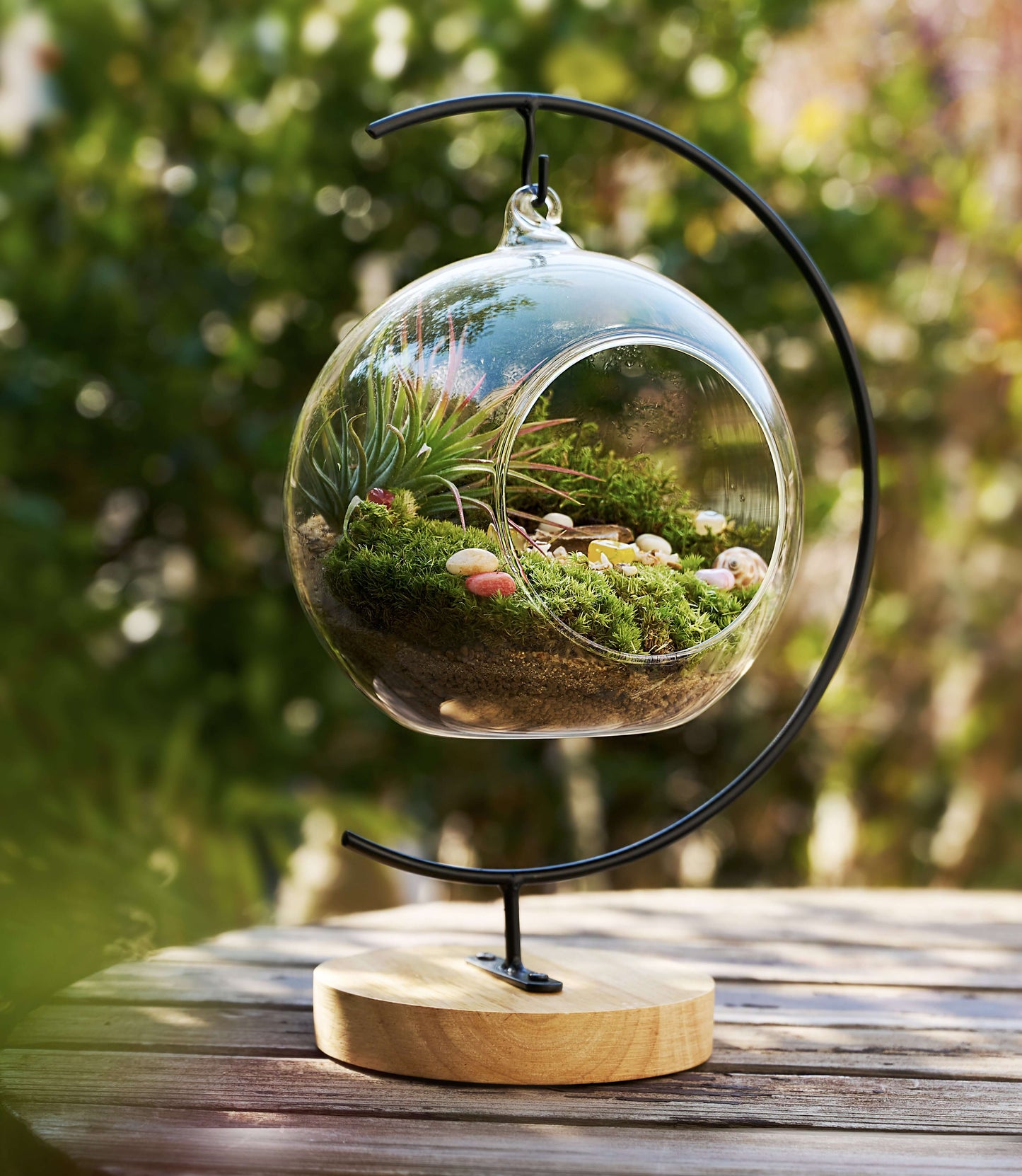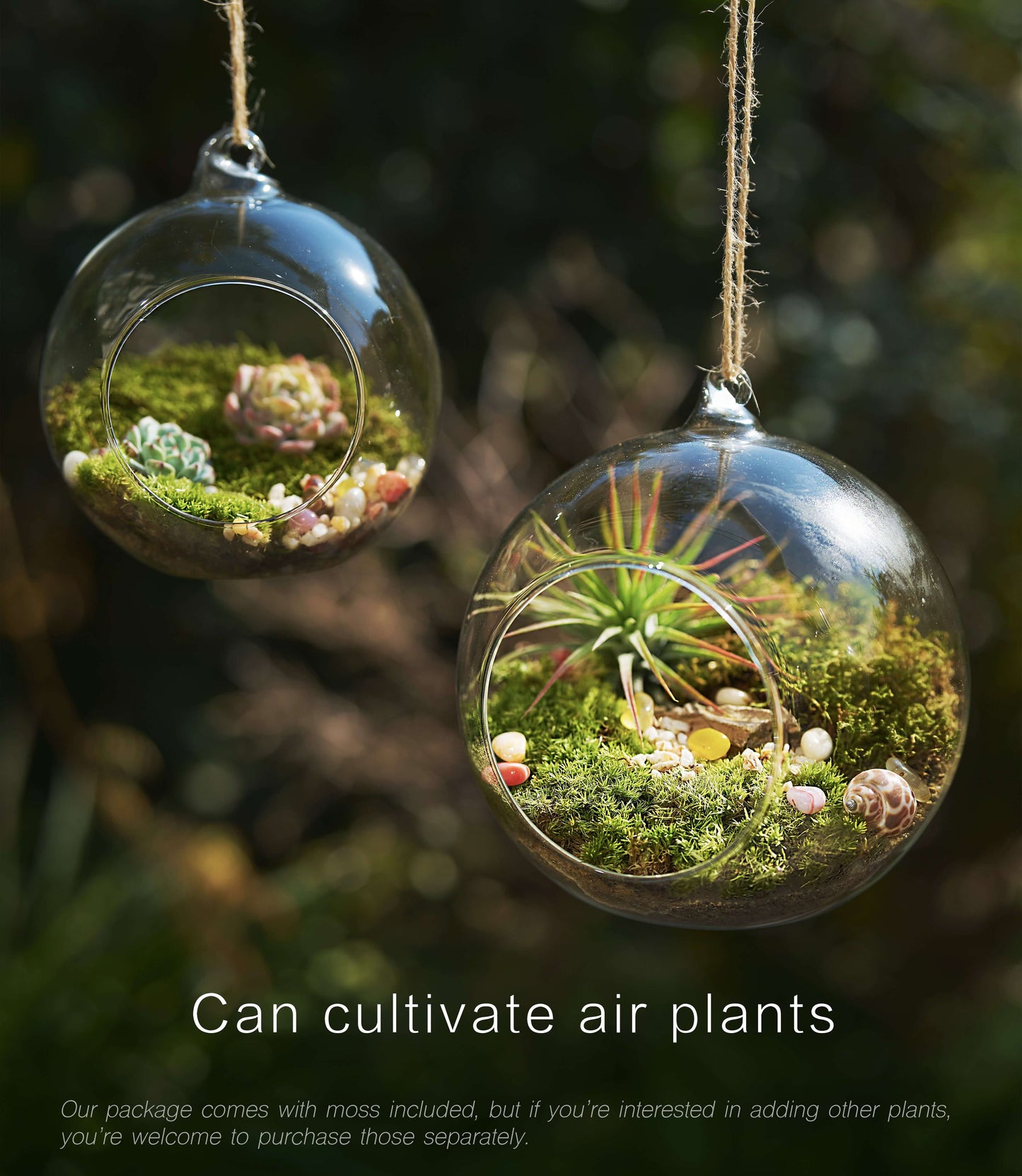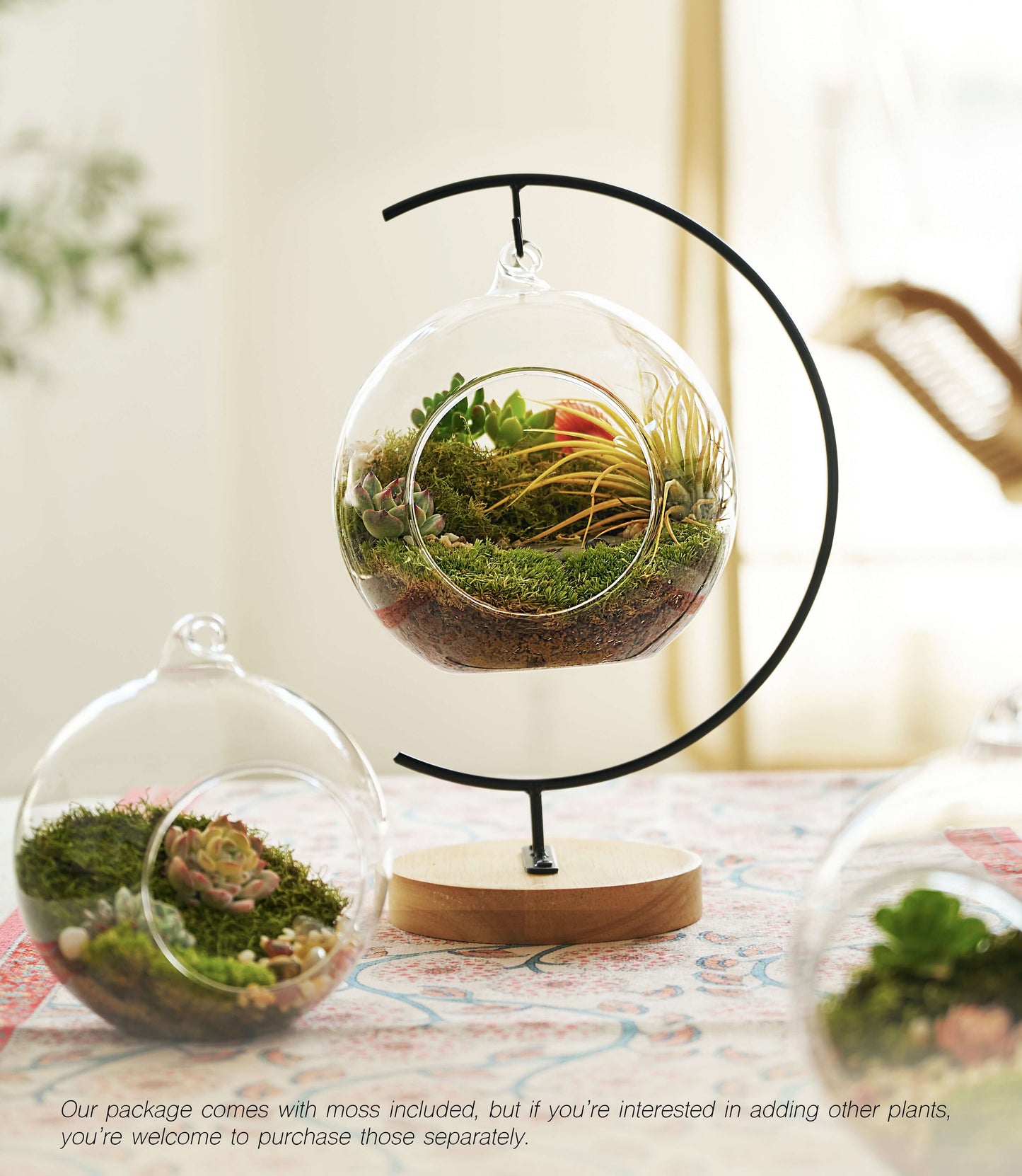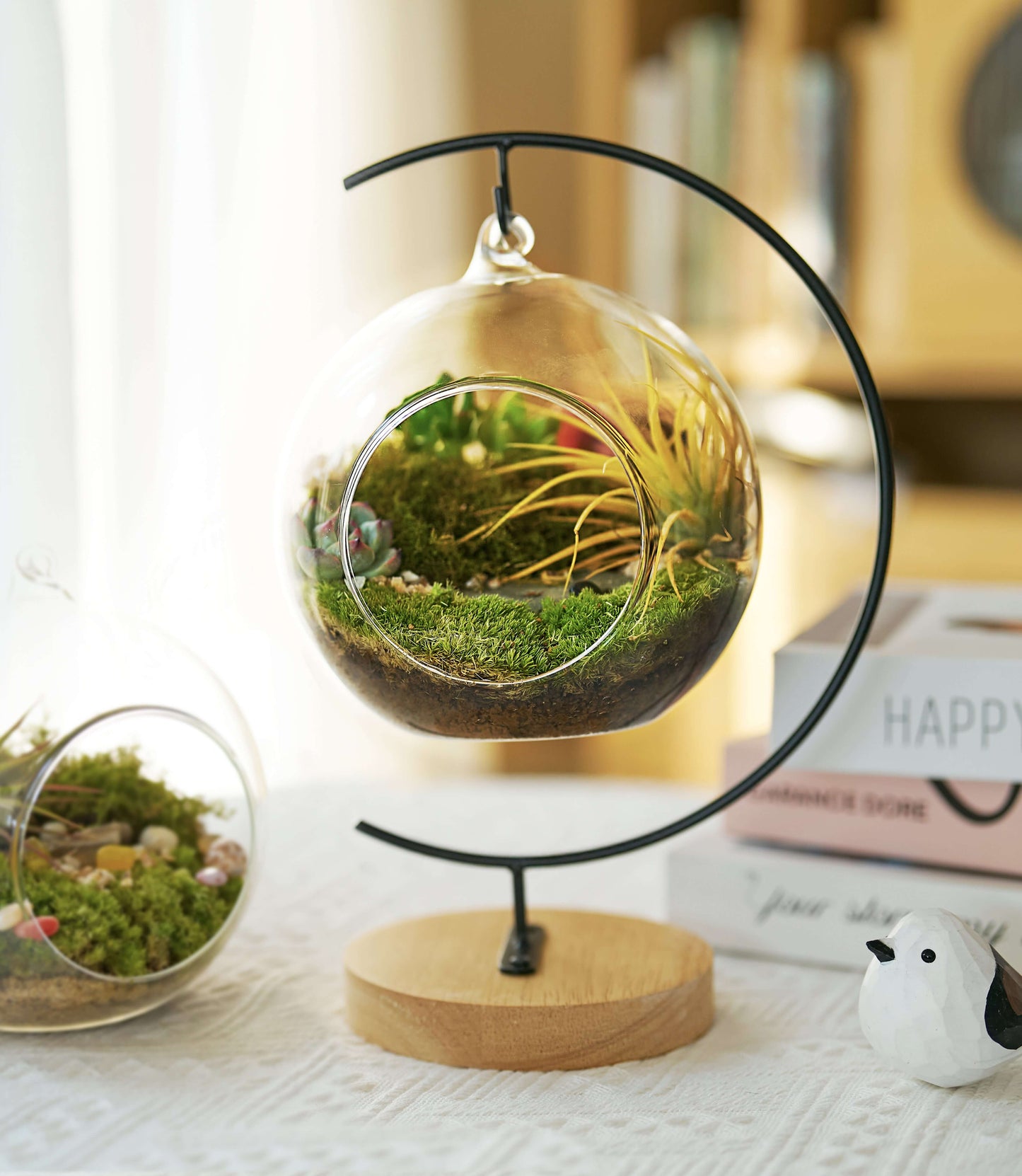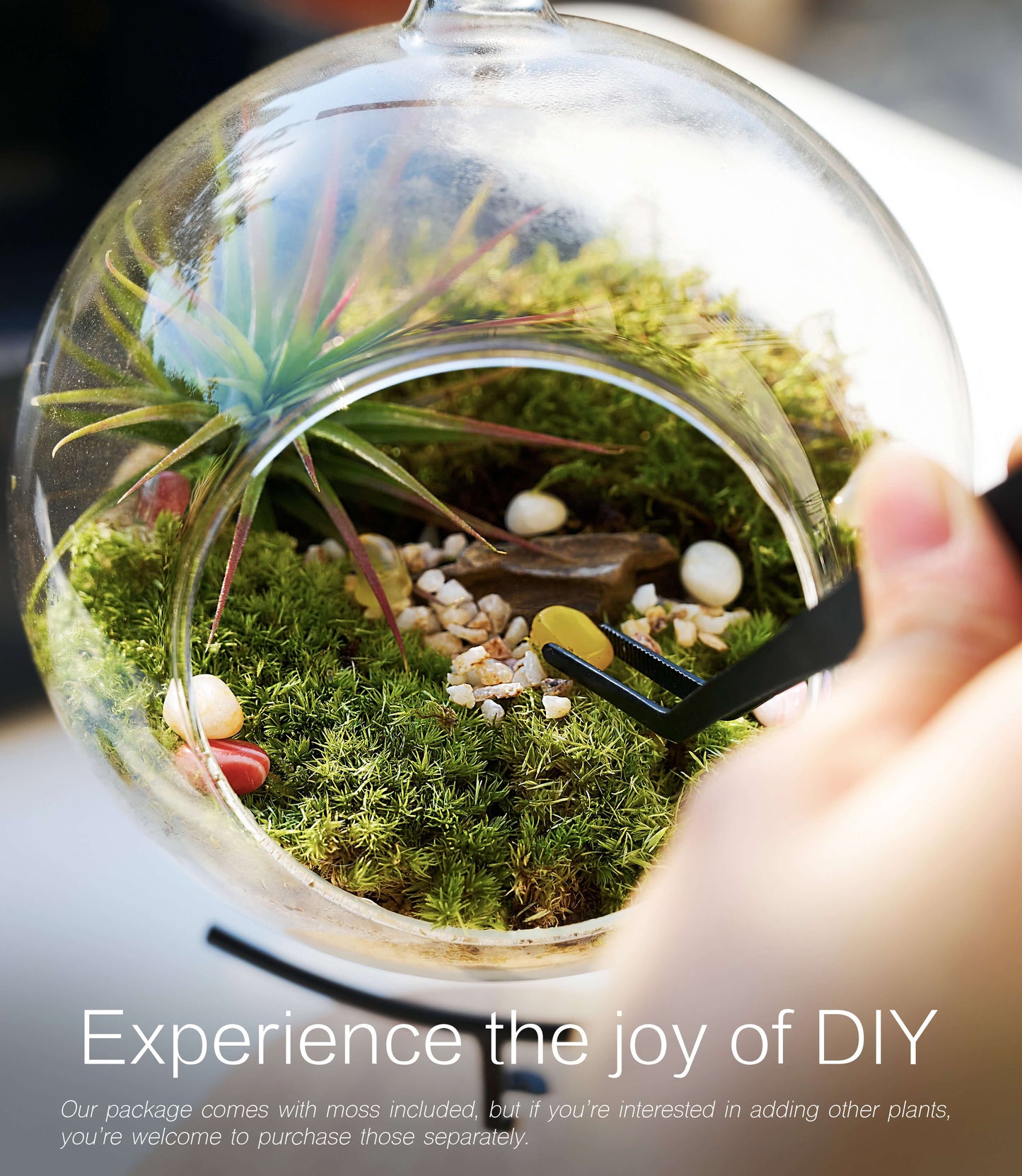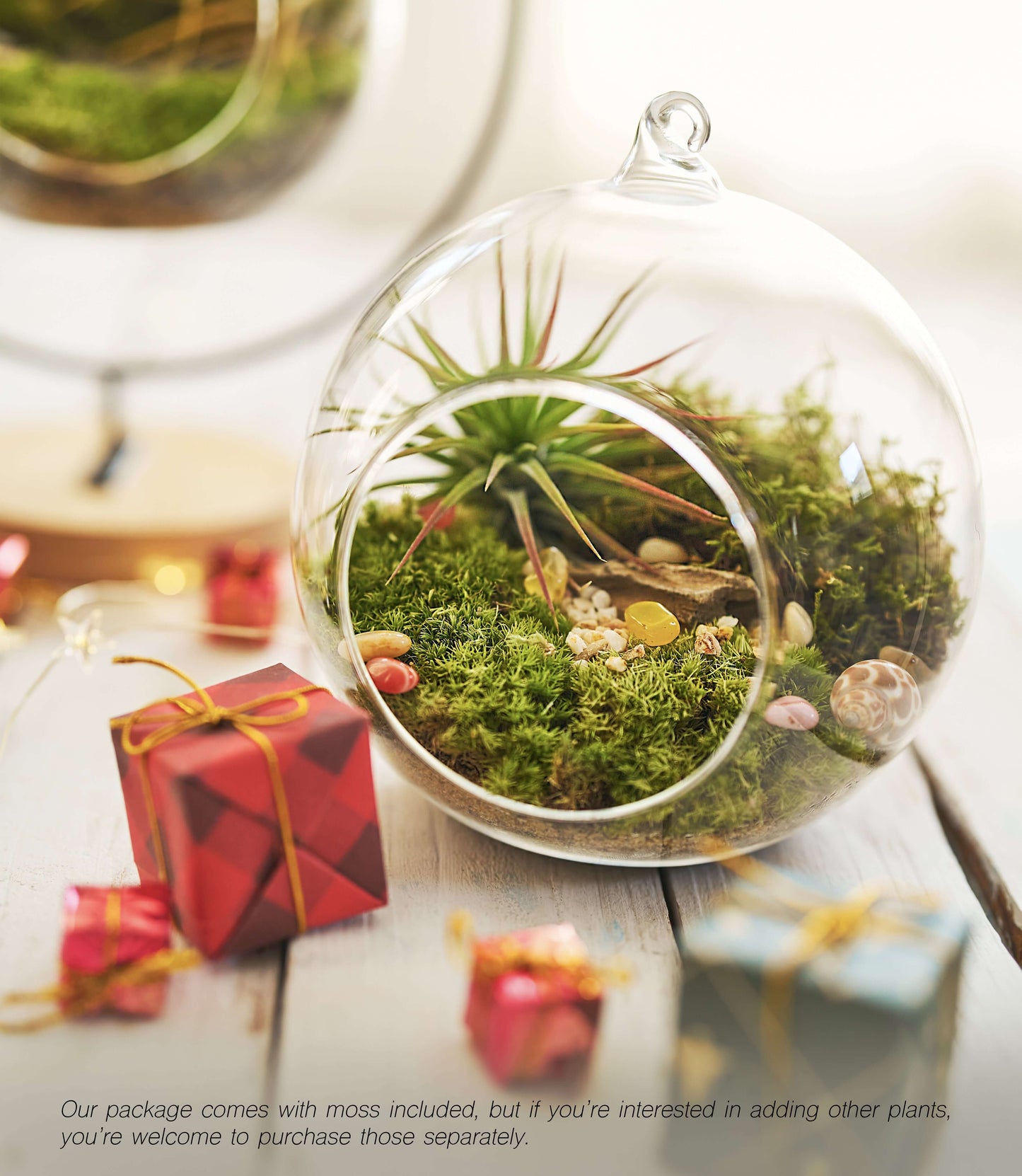Types of Live Moss – Complete Guide to Varieties & Their Uses
 Introduction to Moss Varieties
Introduction to Moss Varieties
Don’t be fooled by their lush green appearance; there are many different aspects to live moss. The real moss species commonly used in gardening, terrariums and bonsai are actually classified into a few main categories, but their temperaments vary widely. Some prefer high humidity and thrive in a sealed terrarium, while others are more susceptible to suffocation and grow better in open terrariums or natural gardens. Some types spread quickly, filling cracks in rocks or fairy garden layouts; others grow more slowly, making them perfect for bonsai or orchid decoration.
Main Types of Live Moss
How to Choose the Right Type
| Variety | Appearance | Best Uses | Difficulty of Care |
| Sheet Moss | Flat, interwoven carpet; provides large, continuous coverage. | Closed terrariums, fairy gardens, glass jars, orchid pot coverage | Easy |
| Cushion Moss | Dense clumps or cushion-like mounds with upright stems; fluffy and 3D. | Bonsai bases, decorative objects in flower pots, small areas in the garden | Moderate |
| Rock Cap Moss | Clumpy or mat-like, clinging to rocks; tough leaves. | Reptile vivariums, rock gardens, outdoor walls, courtyard rock crevices | Easy |
| Fern Moss | Fern-like pinnate branches, airy and spread; small fern-shaped. | Woodland-themed terrariums, orchid pot coverage, shaded patio corner | Moderate |
FAQ
How do I identify live moss species easily?
There are many moss varieties. We’ve labeled species names on our packaging for quick reference. To identify moss in the wild, examine its leaf morphology—whether it forms sheets, mats, or clumps—its color (dark green, silvery-white, glossy), and its growth habit (low-lying versus slightly upright). Habitat clues matter too—some mosses grow on rocks (rock-top moss), others in mats on forest soil (sheet moss).
What’s the difference between wild-collected moss and artificially cultivated moss, besides ecological origin?
Wild-collected moss: often includes mixed species and may carry insects or mildew. We recommend quarantining it for 1–2 weeks and gently cleaning before placing. It's best for "outdoor installations"or "short-term displays";
Cultivated (grown) moss:offers higher purity, more consistent quality, and reliable after-sale support. It’s ideal for "indoor terrariums", "live moss arrangements", and "commercial projects".
Collections
-

Buy Live Sheet Moss – Fresh Moss for Terrariums, Orchids & Home Decor
Bring nature into your home with our fresh Live Sheet Moss. Perfect...
-

Buy Live Cushion Moss – Natural Dome Moss for Terrariums, Bonsai & Indoor Décor
Bring a lush, soft green touch to your projects with Live Cushion...
-

Buy Live Fern Moss – Lush Green Moss for Terrariums, Vivariums & Natural Décor
Fern Moss is a vibrant, feathery-textured moss that adds softness and a...
ICRAFT
15-Piece Terrarium Kit with Live Moss – DIY Glass Globe Set with Tools, Soil, Stones & Spray Bottle – Indoor Mini Garden Gift for Plant Lovers, Home Decor & Zen Craft
